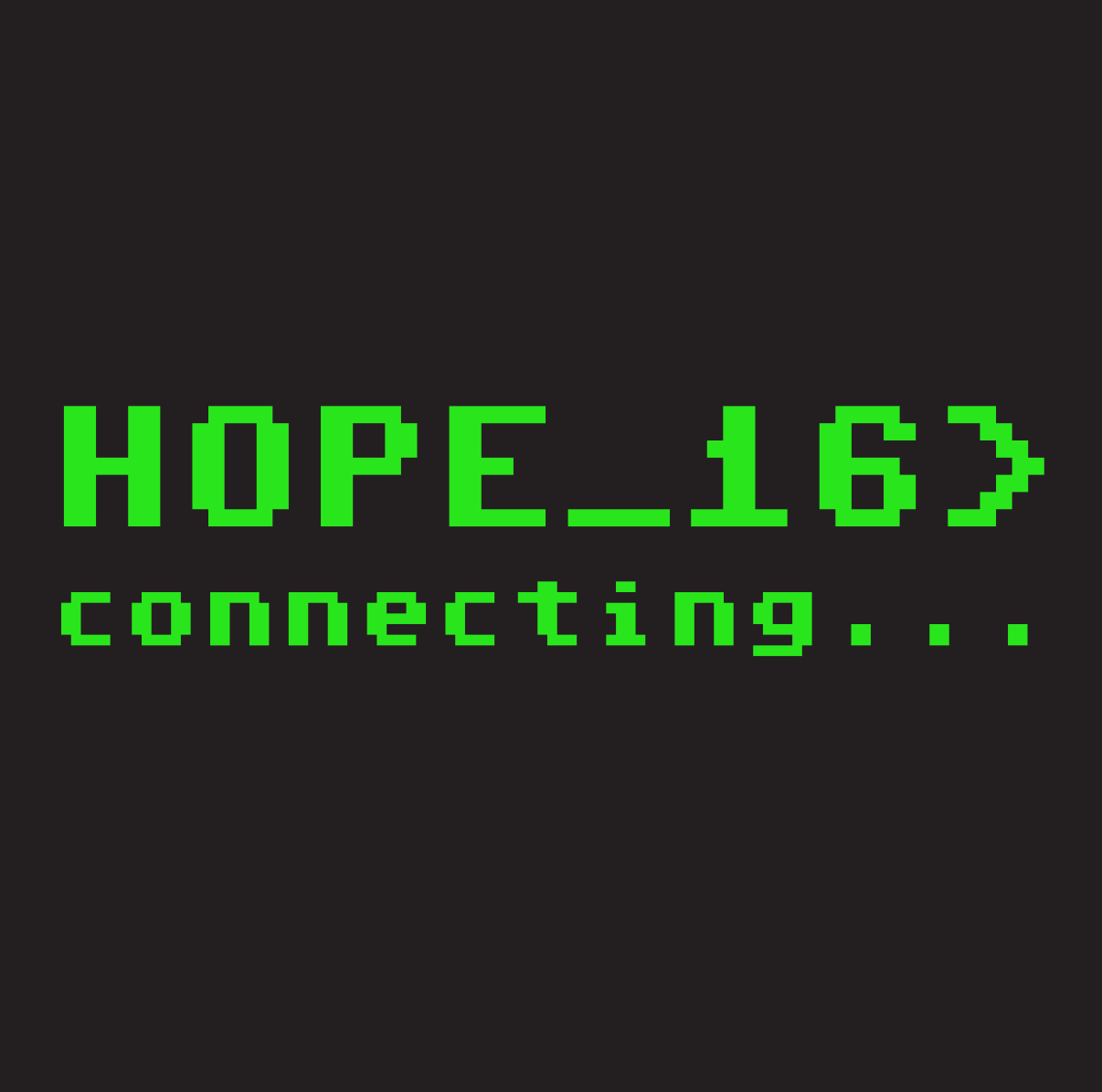Glow in the (Edible) Dyes workshop
Glow in the (Edible) Dyes
Light travels faster than sound; which is why some people appear bright until you hear them speak. Edible dyes used to illuminate the fickleness of human minds. What does the process of life sound like, if we took the time to really look into what would we see? We look to fermentation for insight into living colour. With UV we explore the flavours of light and fluorescence, with a quick dive into fermentation and fluorescence.
As a hands-on activity we’ll look at ingredients common to most kitchens (i.e. banana, leafy vegetables) and examine their transformation under UV light. Participants can expect to have a hands-on session where they will create their own edible dyes at home, and watch them glow in the dark. We will be discussing how to use these DIY edible dyes in a range of artistic mediums and methods, looking at how quickly do these dyes grow, and other colors that can be created using common ingredients
Material List to prepare
Green Leaves, for example, Spinach (for Chlorophyll)
Bananas
Milk
Tonic Water
UV/ Black Light
Edible Makerspace
Edible Makerspace (EMS) is a Singapore-based multicultural group that explores the viability of thinking critically through food prototypes within the food – agricultural system in the Southeast Asian context. They target local and regional grassroots communities engaged in agricultural and food livelihoods, but also to curious individuals keen to explore alternative ideas via food as a medium. At the heart of the makerspace lies tinkering; making machines to explore the range of flavours, to studying the environment, and deconstruct food sources. It will has a strong emphasis on the DIY Biohacker approach to food futures.
